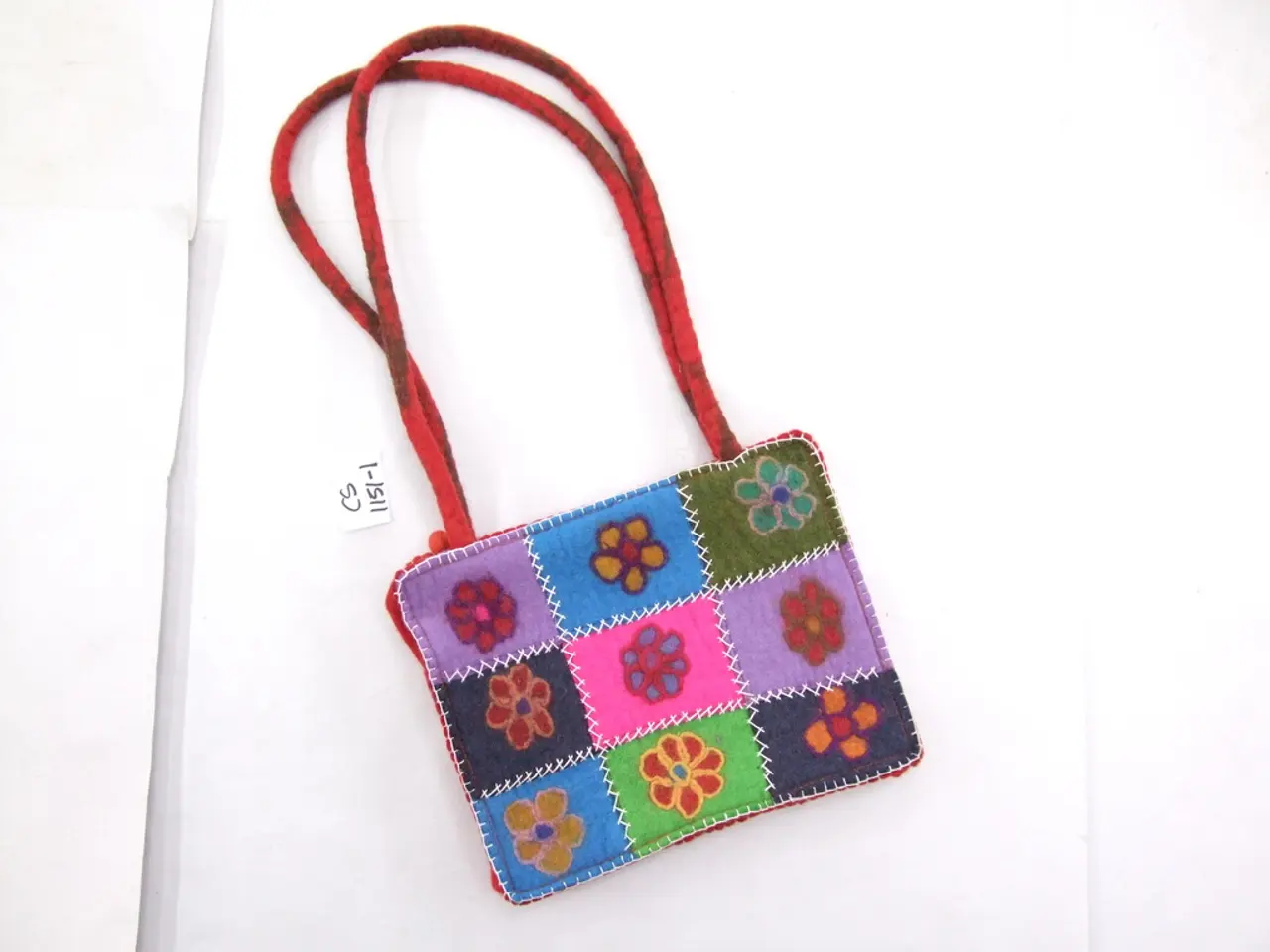Fifteen Shades of Blue: A Color Palette to Suit Every Mood and Atmosphere
In the world of colours, blue stands out as a versatile and captivating hue, with a rich history and a diverse range of shades. From the deep, rich ultramarine to the vibrant neon blue, each shade carries its unique origins and meanings.
## Types of Blue Colours
### Ultramarine Blue
Derived from the semiprecious lapis lazuli stone, ultramarine blue has been a prized pigment since ancient times. Historically, it was highly valued for its deep, rich colour and was used extensively in art.
### Phthalo Blue
Phthalo blue, a synthetic pigment, is known for its bright, vibrant hue. Widely used in art supplies, it is celebrated for its lightfastness and ability to mix well with other colours.
### Indigo
Indigo, a deep blue colour derived from the indigo plant, has been used for centuries as a dye. It forms the basis for many historical navy uniforms and is also used to dye blue jeans.
### Navy Blue
A dark shade of blue, navy blue originated from the uniforms of naval officers. It is often associated with professionalism and authority.
### Persian Indigo (Regimental)
Named for its association with Persian cloth dyed with indigo, this colour was commonly used in navy uniforms during the 19th century.
### Cobalt Blue
Cobalt blue is a synthetic pigment created from cobalt oxide. Known for its bright, saturated colour, it is used in ceramics and glassmaking.
### Smalt
Smalt, a blue pigment made from powdered cobalt glass, was used in painting and is known for its dark, powdery appearance.
## Meanings and Origins
Blue is often associated with trust, loyalty, and wisdom across many cultures. In art, it is positioned between green and violet on the colour wheel, opposite its complementary colour orange.
Historically, blue pigments have been derived from natural sources like azurite and indigo, and later from synthetic materials. These pigments have been crucial in art and textile production throughout history.
Blue can symbolize tranquility (e.g., a clear sky) or authority (e.g., navy uniforms). Different shades of blue evoke different emotions and associations based on their context.
## Blue Gemstones
Blue gemstones, such as apatite, larimar, benitoite, and blue zircon, are prized for their beauty and rarity. They symbolize calmness and serenity, often being used in jewellery to convey these qualities.
In summary, the diverse range of blue colours reflects a rich history of pigment development, cultural significance, and symbolic meanings. From the clear midday sky to the deep, formal navy, each shade of blue offers a unique perspective and emotional resonance.
In the realm of art and interior design, ultramarine blue, derived from the semiprecious lapis lazuli stone, has a longstanding history as a prized pigment, known for its deep, rich colour. Meanwhile, in the world of technology and home-and-garden projects, cobalt blue, synthesized from cobalt oxide, is used for its bright, saturated hue in ceramics and glassmaking. As understanding of space expands, technology could potentially uncover new blue shades on other celestial bodies, expanding the boundaries of lifestyle and interior-design trends.



